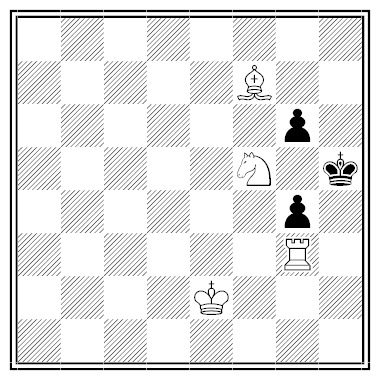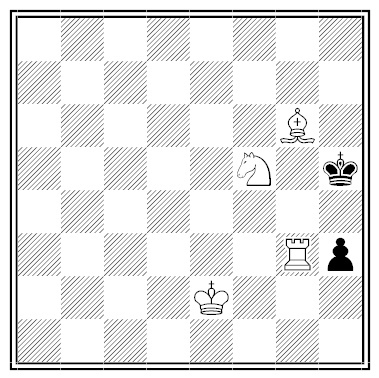The Candy Bomber
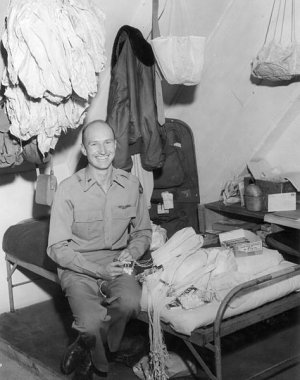
In July 1948, 27-year-old Air Force lieutenant Gail Halvorsen was flying food and supplies into West Berlin, which was blockaded by the Soviet Union. One night he encountered a group of hungry children who had gathered near the runway to watch the planes land.
“They could speak a little English,” he recalled later. “Their clothes were patched and they hadn’t had gum and candy for two or three years. They barely had enough to eat.”
Halvorsen gave them two sticks of gum and promised to drop more candy for them the next day from his C-54. He said he’d rock his wings so that they could distinguish him from the other planes. Then he returned to the base and spent the night tying bundles of candy to handkerchief parachutes.
Over the next three days he dropped candy to growing crowds of West German children. He had wanted to keep the project secret (“It seemed like something you weren’t supposed to do”), but when a newsman snapped a photograph Halvorsen began receiving boxes of candy from all over the United States, many with parachutes already attached. Halvorsen went home in February 1949, and the blockade was lifted three months later.
In 1998, when Halvorsen returned to Berlin, a “dignified, well-dressed man of 60 years” approached him. He said, “Fifty years ago I was a boy of 10 on my way to school. The clouds were very low with light rain. I could hear the planes landing though I couldn’t see them. Suddenly out of the mist came a parachute with a fresh Hershey chocolate bar from America. It landed right at my feet. I knew it was happening but couldn’t believe it was for me. It took me a week to eat that candy bar. I hid it day and night. The chocolate was wonderful but it wasn’t the chocolate that was most important. What it meant was that someone in America knew I was here, in trouble and needed help. Someone in America cared. That parachute was something more important than candy. It represented hope. Hope that some day we would be free.”
Salad Bar
In his 1968 novel Enderby Outside, Anthony Burgess contrived to use the word onions four times in a row:
Then, instead of expensive mouthwash, he had breathed on Hogg-Enderby, bafflingly (for no banquet would serve, because of the known redolence of onions, onions) onions. ‘Onions,’ said Hogg.
Burgess could take playfulness to excess — the first volume of the Enderby quartet got him into a bit of trouble.
Unquote

“It suddenly struck me that that tiny pea, pretty and blue, was the Earth. I put up my thumb and shut one eye, and my thumb blotted out the planet Earth. I didn’t feel like a giant. I felt very, very small.” — Neil Armstrong
(Thanks, Hugh.)
Opposites Attract
When used as verbs, BEST and WORST have the same meaning.
Presentable
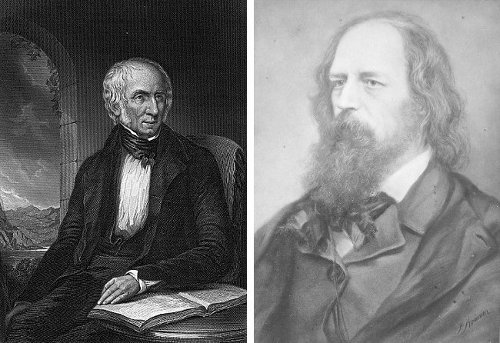
For their investiture as poet laureate, Wordsworth and Tennyson both borrowed the same suit from Samuel Rogers.
Unfortunately, Rogers was a small man. When Tennyson had trouble fitting into the suit, he asked a servant how Wordsworth had fared. “They had great difficulty in getting him into them,” the man replied.
“A Canary Which Sings ‘A Life on the Ocean Wave'”
J.G. Christopher, of Minneapolis, Minn., is the possessor of a canary bird, the voice of which has been developed in a peculiarly painstaken manner, so that now this ‘educated’ songster can successfully render the well-known air, ‘A Life on the Ocean Wave.’ The bird will commence to warble like any other of these pets, and after uttering a few notes will immediately strike into the tune, and when its voice has attained full height the above tune will be sung entire, and in a manner that sounds singularly melodious and attractive, literally setting to note its natural vocal powers. This was only achieved after the most diligent and patient attention. As soon as the bird was old enough to pick up a living it was put in a room apart from all others, and a music-box also placed in the apartment and kept perpetually going, so that this singular pupil had nothing to learn from but that. After four months of such apprentice-ship, the owner was rewarded by hearing his little favorite render ‘A Life on the Ocean Wave’ as naturally and perfectly as if that was the song of its ancestors.
— James Baird McClure, ed., Entertaining Anecdotes From Every Available Source, 1879
Shhhh!

Readers in the Bodleian Library at Oxford must take an oath that they will not kindle fires in the library.
Two by Two
BOOKKEEPER has three consecutive pairs of like letters. SUBBOOKKEEPER has four.
What’s the limit? Honolulu English teacher Joel D. Gaines proposed BALLOONNOONNOOKKEEPPOOBAH, “an agent who sits on balloons at noon in a corner, in order to earn his keep.” It has 10 consecutive pairs.
Overheard
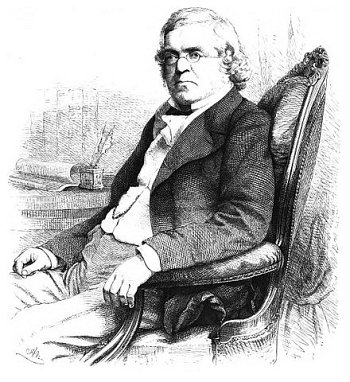
Thackeray was at a St. Louis dinner, when one waiter said to another: ‘That is the celebrated Mr. Thackeray.’ ‘What’s he done?’ said the other. ‘Blessed if I know,’ was the answer.
— James Baird McClure, ed., Entertaining Anecdotes From Every Available Source, 1879

